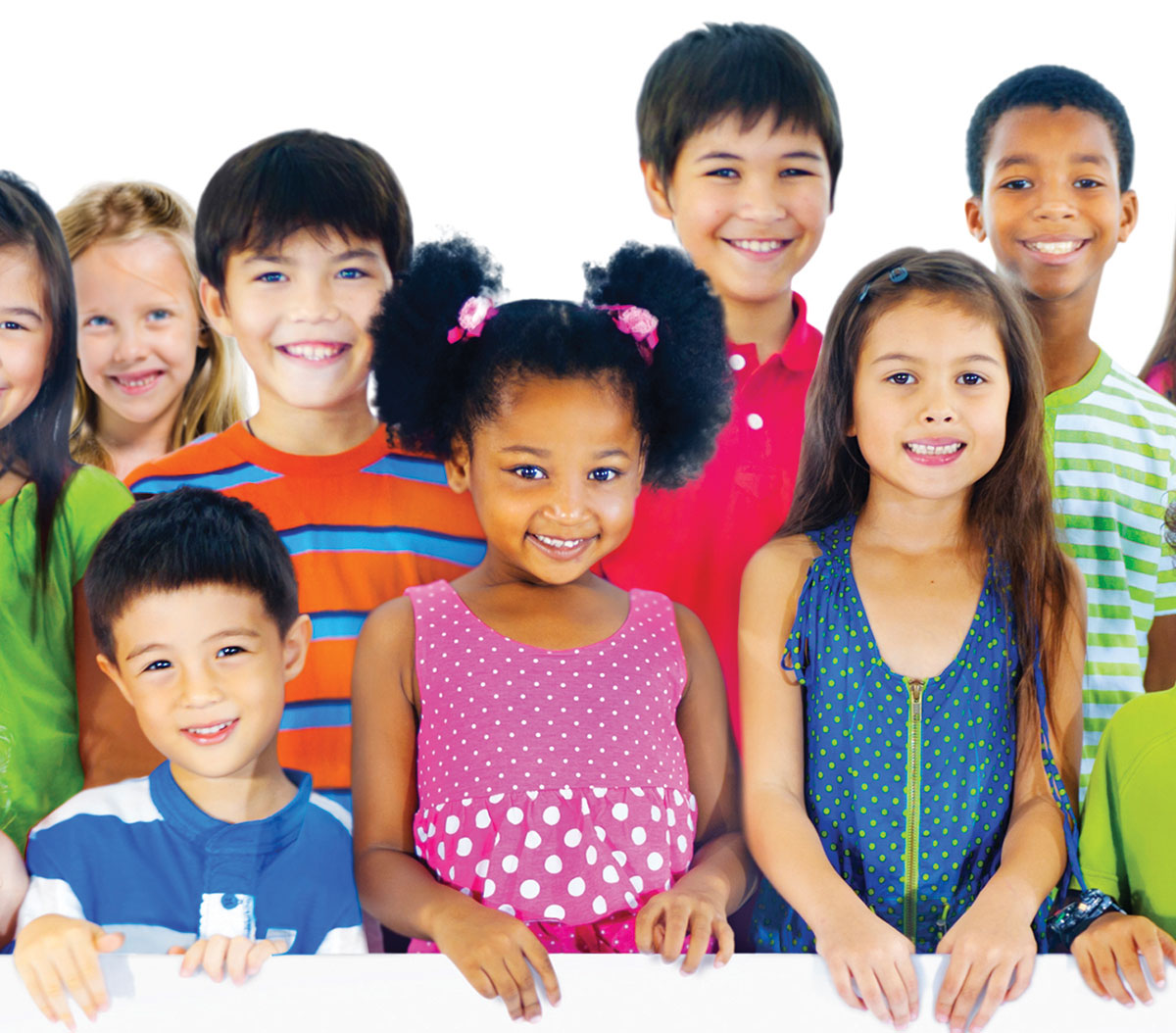Editor’s note: In this nine-month series we will explore how new voluntary standards developed in Washington state are impacting the quality of after-school programs that serve about 134,000 youths after the school bell rings. We will explain what parents should seek in a program, look at research on the impacts of quality care on kids’ development and academics, and visit with programs that are successfully serving kids and helping families. After-school Special’s independently reported content is funded by a journalism grant in partnership with the Raikes Foundation and School’s Out Washington.

When 7-year-old Oscar Lopez dressed up as Wolverine for the Halloween Hoopla at the Wallingford branch of the King County Boys and Girls Club, he was doing more than showing off his costume. He was showing off to his mom the place where he plays, learns and develops friendships after school.
For Emma Lopez, who is finishing up her bachelor’s degree at the University of Washington, seeing the parents of her son’s friends made the Halloween event a social time for her as well. “I’m so busy being a mother and a student, I don’t have time to make plans, so it was nice to have people here we could meet up with.”

After-school programs are often regarded as holding places or stand-ins — the place where kids spend time when mom or dad is not available.
But studies show that when families connect with their child’s after-school program, the child’s academics and social and emotional health improve. The organizations benefit, too, which then lifts local communities and schools. Creating a home-program connection can be challenging, but some local programs are doing it.
Building what ‘better’ looks like
Each day, more than 150 students, from kindergartners to high school seniors, rely on the Wallingford program for their after-school care. After families pay the $36 annual membership fee to belong to the club, after-school participation is on a drop-in basis and free between 2 and 7 p.m. Children are separated by age and are bused in from 12 different Seattle schools.
For years, the club has offered programs that aim to engage families, such as a Halloween party for 500, quarterly family dinners, parents’ nights out and late-night teen programs. But now, for the second year, the King County Boys and Girls Club organization — the third-largest Boys and Girls Club in the nation — is making its family engagement even more effective with help from a set of voluntary standards to improve the quality of local after-school programs. In partnership with School’s Out Washington, nearly 100 organizations of all sizes are taking part in youth program quality assessments.
Senior program manager Adam Monda, who has been with the Wallingford branch of the King County Boys and Girls Club for about 20 years, says the quality assessments are all about growth. “Everything we already do, the YPQ [youth program quality] tool makes it better,” he says. “It’s good to see things evolve; otherwise, it would be too easy to stay the same, and no one wants to be static.”
Washington’s after-school program standards, while voluntary, are being heralded by national experts in the child development field as cutting edge. Program staff are assessed both internally and externally in nine different categories, ranging from “family, school and community connections” to cultural responsiveness, and safety and wellness. After identifying areas for improvement, there is support and coaching for programs over a three-year period.
How well do you know your program?
At School’s Out Washington’s 2014 Bridge Conference in October, national expert Sally Wade spoke at the University of Washington about what effective family engagement looks like. “Those newsletters, the open houses — they’re all well-intentioned, but they are only one-way communication,” says Wade, a director at the Manhattan Strategy Group. “When it’s one way, then you’re just talking at parents. [Instead], try dividing them into groups and asking them what their hopes and dreams are for their children — get them talking!”
Getting parents involved in after-school programs can be inherently challenging: If you are a parent, you might be thinking, That’s why I have after-school care: because I’m busy. If you are a program director, it might seem impossible to get parents to engage.
But experts say the benefits are worth it. Research, including a 2012 report by Anne Henderson of the Annenberg Institute for School Reform, has found that the improved morale, supportive climate and better reputation in the community that an after-school program can gain from inviting families in translates into kids showing improved grades, better school attendance, homework completion and higher levels of postsecondary enrollment.
After-school programs vary widely. So, too, can the activities and events that draw in families. But a common denominator of many successful events: food. Because really, who doesn’t love to eat? Chiloe Barrera-Cloyd of The Service Board in West Seattle, which offers young people unique mentorships combining life skills, job readiness and snowboarding (hence “board”), says that potlucks and Mother’s Day events are annual favorites. Deanne Wahle of Afterschool Safe Place in Ellensburg says culturally themed “Heritage Night” dinners bring parents together in a unique way over food and shared stories.
What to look for
Parents shopping around for after-school programs for their children should seek out those that are welcoming rather than intimidating.
Signs of a program with strong family connections include:
- When you arrive, someone greets you; when you leave, there is acknowledgement, not just a sign-out sheet.
- Staff is responsive to parent questions and has policies in place to promote engagement.
- Organization hosts open houses, dinners and other events that offer families the opportunity to connect with each other.
In addition to strong family engagement, a high-quality program will have strong ties with the surrounding community and schools. This might look like blocking out homework time during the program, engaging with school staff, and making referrals as needed to other community resources and support services.
“We view ourselves not as an outside group, but as part of the school’s family engagement strategy,” says Liesl Santkuyl from Stand for Children’s University for Parents program in Tacoma, which assists students and families with college readiness.
“We don’t go into schools with an ego, we go in with a hand,” says King County Boys and Girls Club executive director Calvin Lyons.
Because children’s experiences are what form them, that helping hand for schools circles back to benefit students like Oscar Lopez, whose caregivers — like so many parents — often feel like they are doing a juggling act.











